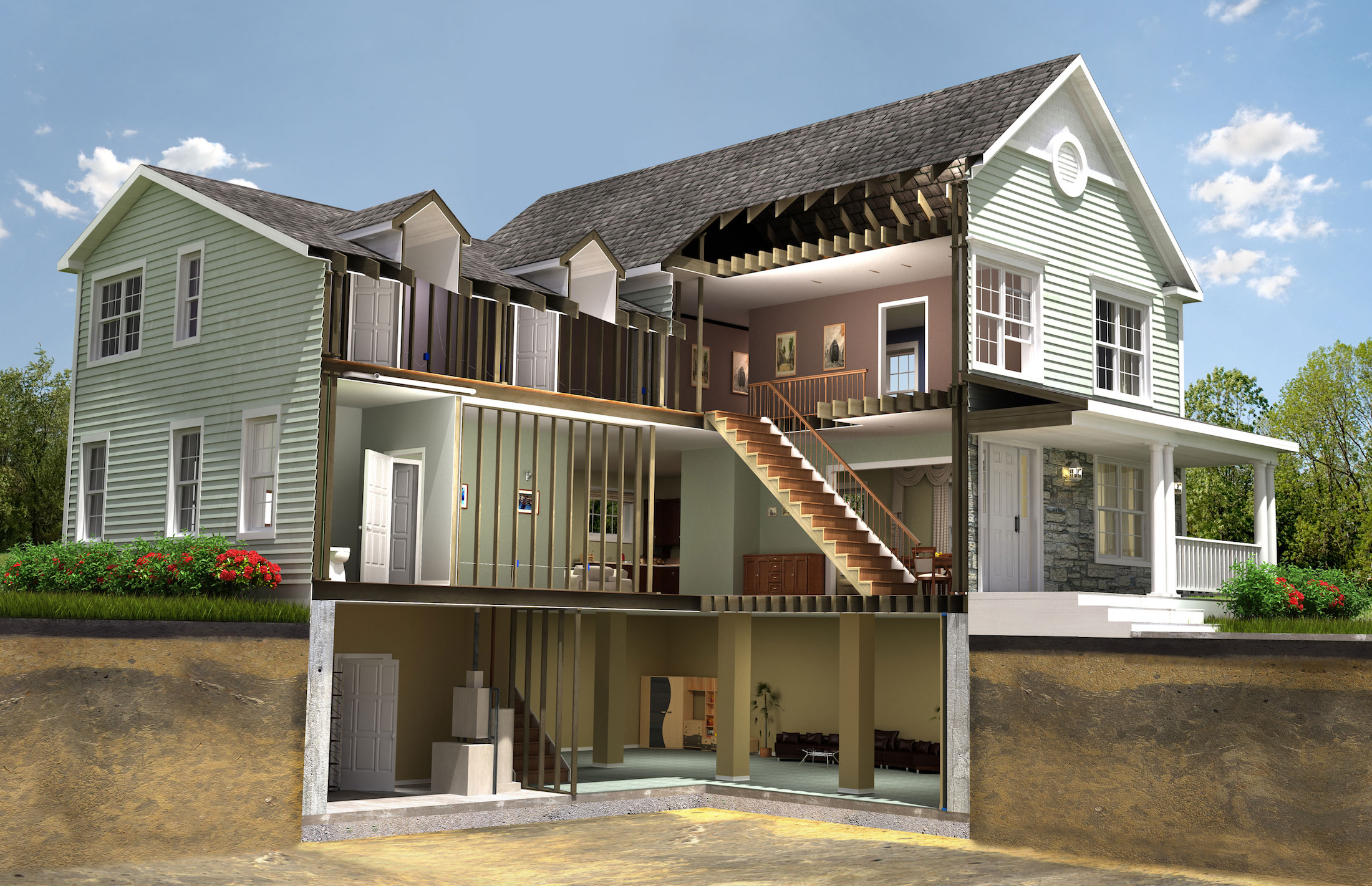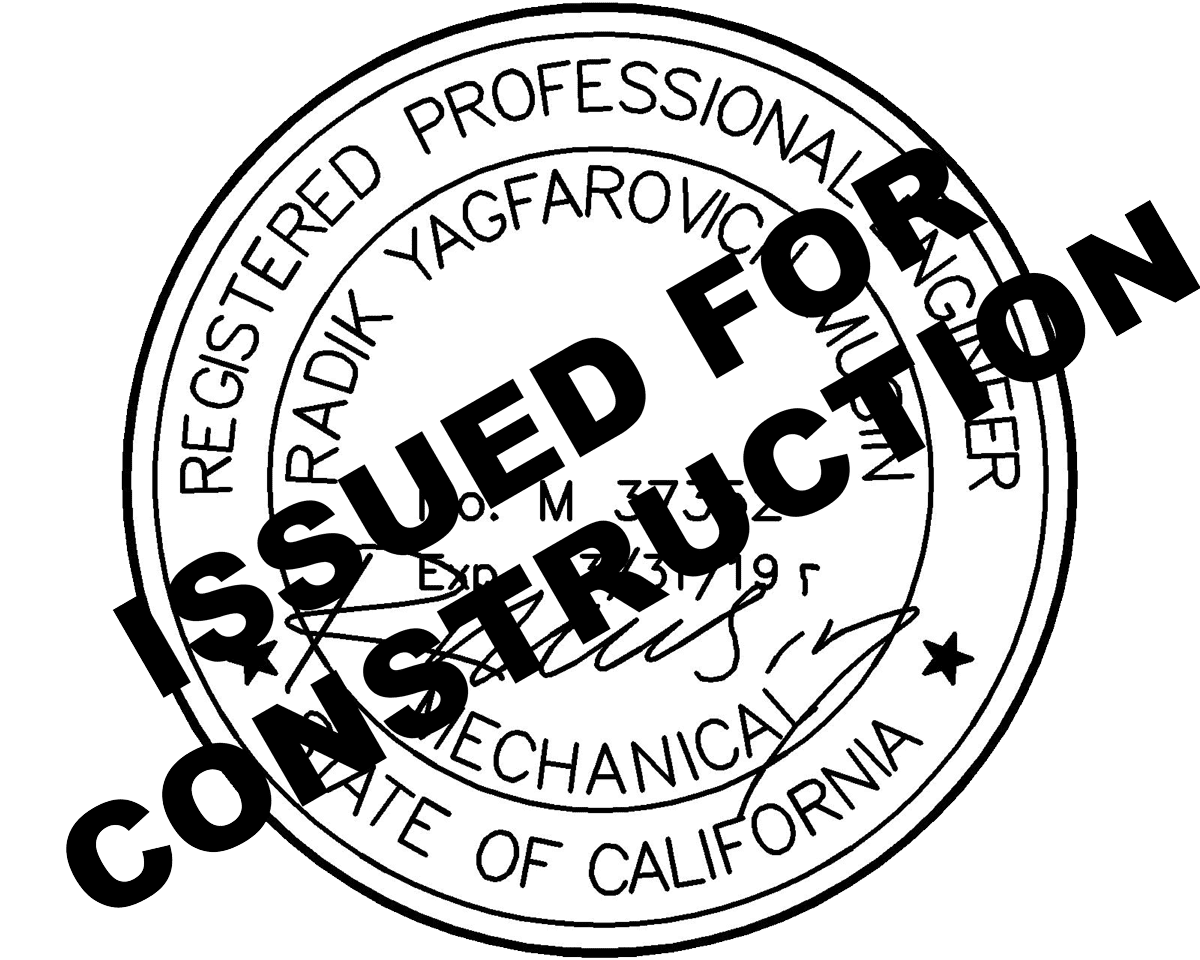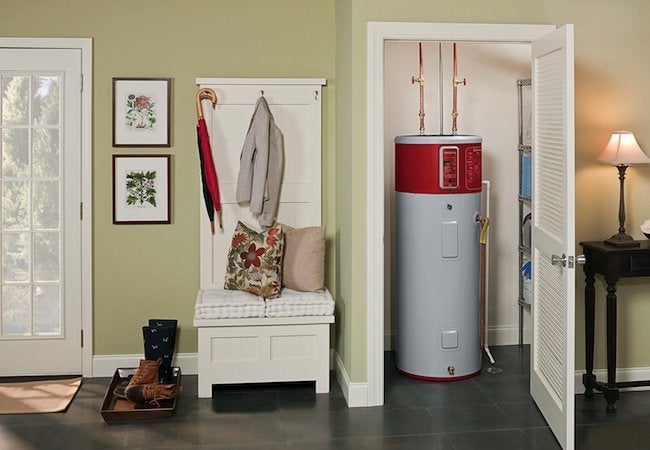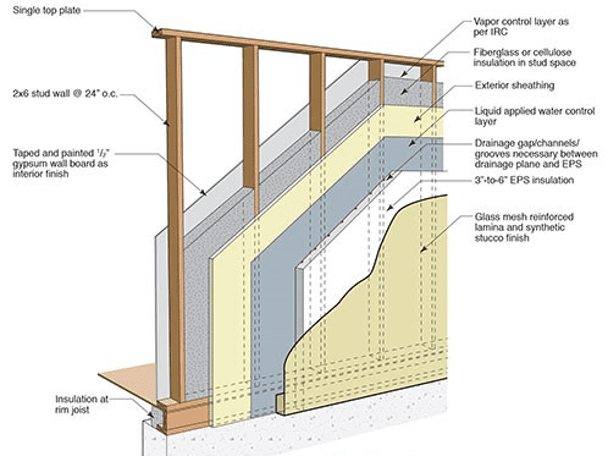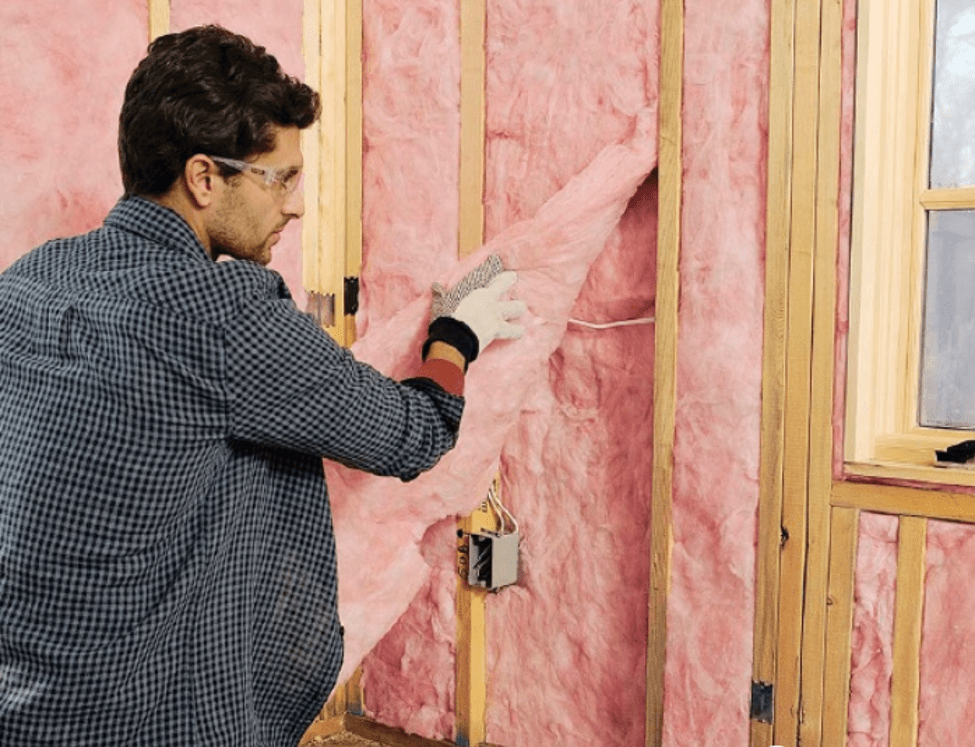Energy Savings
Cutting back on energy consumption helps everyone. Commercial property owners benefit financially, the economy of California improves, the environment is protected, and the reliability of the power grid is enhanced.Electricity Reliability and Demand
Our electric distribution network is vulnerable, and system overloads induced by high demand from buildings can lead to unstable conditions, as we learned during the 2000–2001 California energy crisis and the East Coast blackout in the summer of 2003. The ensuing power outages can cause major disruptions in commerce and cost the economy billions of dollars. The Energy Commission in California has been stressing conservation measures since since the state experienced an electrical crisis.Comfort
Having a comfortable living environment is a major perk of green buildings. High-performance windows minimize solar gains and heat loss, and well-designed HVAC systems improve indoor air quality in energy-efficient buildings.Economics
Improved profitability for the building's owner is one of the many benefits of energy efficiency. As a whole, the state's economy will be more resilient and stable in the face of rising energy prices if it is less reliant on nonrenewable resources like natural gas, coal, and oil.Environment
Our planet's natural beauty is in jeopardy due to environmental pollution caused by oil spills, acid rain, smog, and other man-made phenomena made possible by our reliance on fossil fuels. Although California is not immune to these issues, the state's Appliance Efficiency Regulations, Energy Standards, and utility programs that promote efficiency and conservation assist to keep the state's environment in decent shape.
Global Warming
By adding extra carbon dioxide to an atmosphere that already contains 35% more than it did two centuries ago, the burning of fossil fuels is a major contributor to global warming. Greenhouse gases, such as carbon dioxide, trap heat in the Earth's atmosphere and drive climatic shifts on a worldwide scale. Water supplies (from decreased snowpack), agriculture, forests, and the natural habitats of various native species and animals are all under risk, according to CEC research. Conservation and efficiency should be the primary element in energy and global warming policy, as advocated by the National Academy of Sciences, which has urged the United States to follow California's lead on such measures. This report's initial efficiency suggestion was straightforward: Put in place uniform energy efficiency standards for all buildings. In addition to the obvious benefits of reduced utility bills and improved living conditions, energy efficiency also contributes significantly to the development and preservation of a wholesome ecosystem. It is anticipated that the Energy Code will have a major effect on decreasing emissions of greenhouse gases and other pollutants into the air. As a result, one of the most prominent greenhouse gases, carbon dioxide (CO 2), would be reduced.
Building Decarbonization
California contains 7.5 million square feet of commercial space in addition to around 14 million dwellings. Due to the fact that these structures contribute 25% of the state's greenhouse gas (GHG) emissions, residences and businesses are a significant contributor to climate change. Decarbonization of buildings, another term for reducing these emissions, is a crucial component of California's climate policy. The Building Energy Efficiency Standards are one of several tools in the state's building decarbonization toolkit that stands out as an important and proven solution.
The 2022 Energy Code for newly constructed and renovated buildings was adopted by the CEC in August 2021. This code paves the way f or states and governments looking to decarbonize the building industry rationally, rapidly, feasibly and cost effectively. This new update strengthens ventilation requirements, stimulates the use of efficient electric heat pumps, and sets requirements for electric-ready new homes. This update establishes solar photovoltaic systems and battery systems as the performance standards baseline for certain nonresidential building types for the first time in the country. This code is projected to save the state $1.5 billion in environmental costs over the next 30 years, which is the same as removing roughly 2.2 million cars from the road for a year.
The Warren-Alquist Act
The CEC is permitted to create and manage the Energy Law for new buildings under Section 25402 of the California Public Resources Code (the code). This part of the code, also known as the Warren-Alquist Act (the act), contains instructions from the Legislature for the creation of the California Energy Code.
The act which established the CEC in 1974 gave it the power to establish and uphold building energy efficiency requirements for new structures. The legislation instructs CEC to prescribe, through regulation, lighting, insulation, climate control system, and other building design and construction standards to improve the efficiency in the use of energy for new residential and new nonresidential buildings. According to the act, requirements shall be performance standards and shall be established in terms of energy consumption per total square foot of floorspace, but may also include systems, devices and techniques required to conserve energy and water.
Additionally, the act stipulates that the Energy Code must be economical (cost-effective) when taken in their totality and amortized over the life of the structure, and it orders the CEC to regularly update the standards and provide manuals to go along with them. The act instructs local authorities in charge of issuing building permits to withhold permits until the project complies with the Energy Code.
Since 1977, the Energy Commission’s Title 24 energy efficiency regulations have decreased Californians’ electricity costs by billions of dollars. Since their first adoption in 1976, the Title 24 Part 6 Building Energy Efficiency Standards have been continually revised as mandated by statute.
It is anticipated that the Title 24 Energy Standards will have a major influence on the reduction of greenhouse gas and other air emissions.
The Title 24 part 6 standards are divided into three basic sets:
- mandatory requirements;
- performance standards (the energy budget);
- prescriptive package (a checklist compliance approach).


